Description
Latin: Betula Alleghaniensis
Zones: 3-7
Other common names:Yellow Birch
Mature Height: commonly 60′ to 75′ tall; can reach 100′ in the wild Under right conditions can live beyond 100 years old.
Soil/Climate: native to northeastern North America, common in cool regions; often on north facing slopes, shade to part shade
Notes: The name “yellow birch” reflects the color of the tree’s bark. The wood of Betula alleghaniensis is extensively used for flooring, cabinetry and toothpicks. Most wood sold as birch in North America is from this tree. Broken twigs have a wintergreen smell. The bark is amber to silvery with a smooth texture and exfoliating in thin rolls.
Wildlife: Attracts birds.
Cold Stream Farm supplies Yellow Birch trees which are grown as bare root seedlings and transplants and sold both wholesale and retail with no minimum order.
Additional information on Betula allegheniensis can be found on the link: USDA / NRCS PLANTS Database.

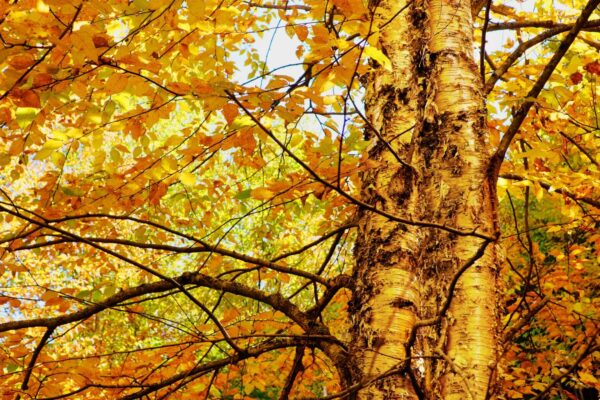
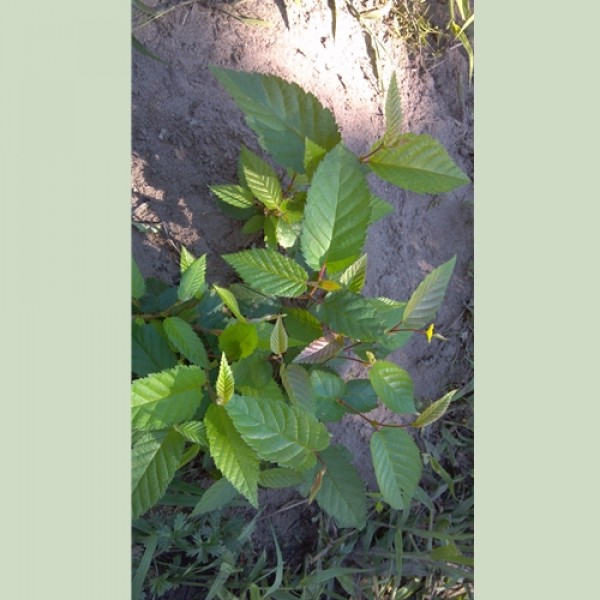
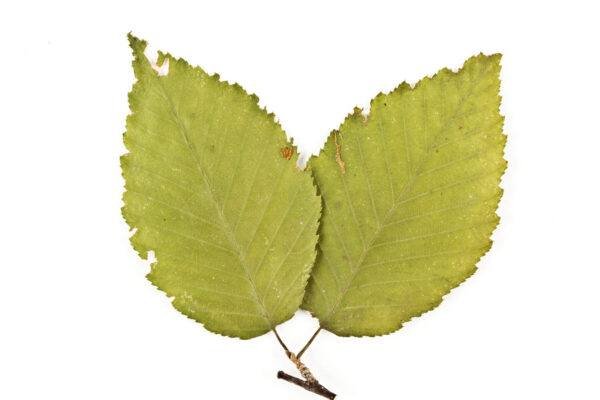
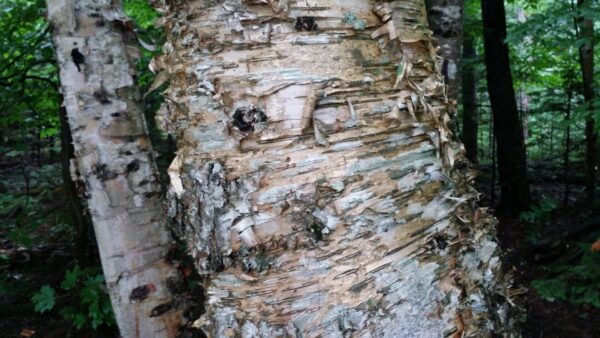
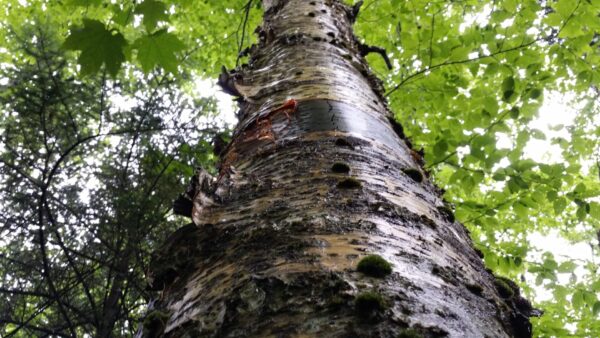
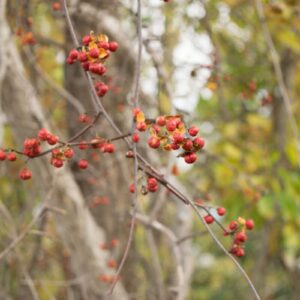
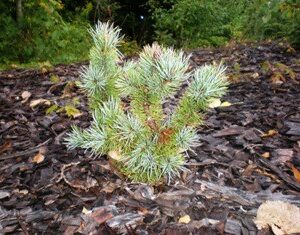
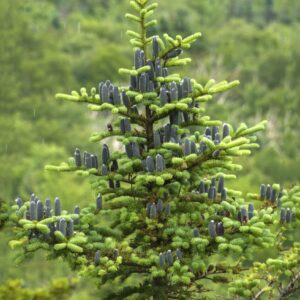
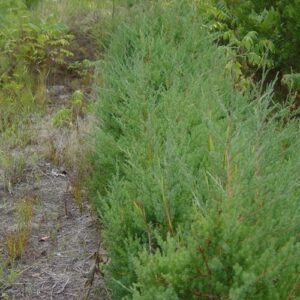
Evan F. –
I purchased these trees due to the challenging soil condition in the field behind my house. The soil is comprised of heavy marine clay which doesn’t drain well. Four of these 12” high trees were planted this past spring, with one in a location where trees of other species always die. So far, these trees have grown 6″ since planting, and the foliage has maintained its deep dark green color. The tree that I planted in that one bad location continues to thrive where six other trees have failed! I plan to purchase five more in the fall to replace the larch trees that didn’t survive in a normally wet area of the field.